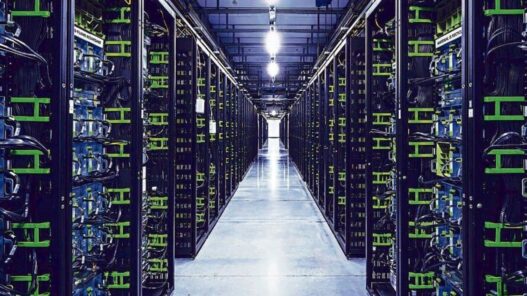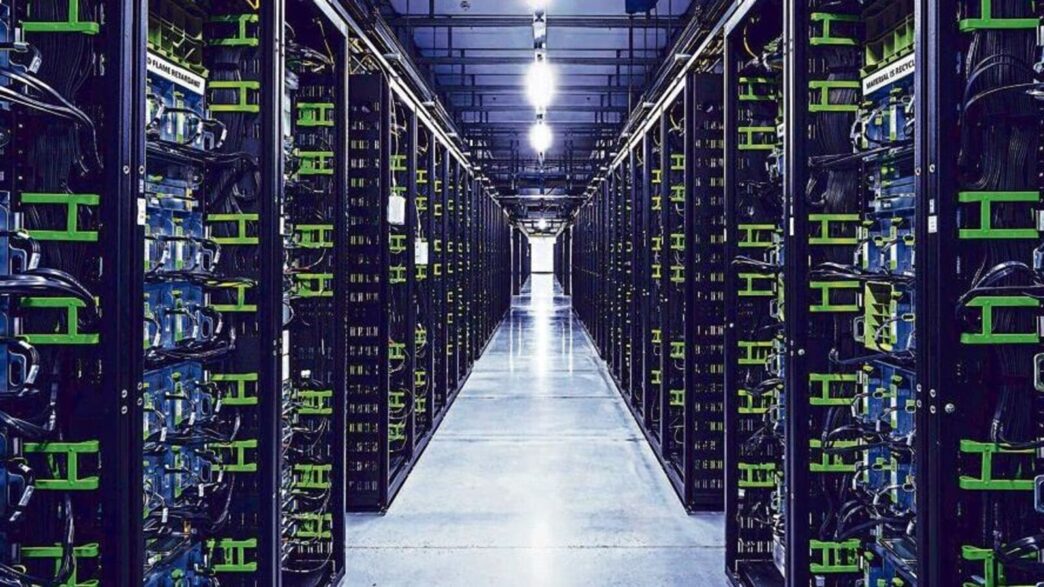India’s data centre capacity is projected to jump by the end of this decade, driven by digitalization, data localization laws, AI usage by firms and consumer data consumption, backed by 5G rollout. Is this enough to make it a global data centre hub? Mint explores:
What do the stars foretell?
The Indian data centre industry’s capacity is set to more than double to 2-2.3GW by FY27, says a new report by Crisil Ratings. Likewise, JLL India expects the data centre industry to add 604MW capacity, taking the total to 1,521MW, by 2026, as India aims to become a global hub for AI innovation and data centre development.
Also read Climate targets: How do Nifty-50 companies fare?
Icra, too, expects the sector’s operational capacity to more than double to 2-2.1GW by FY27 from 950MW in FY24, involving an investment of ₹50,000-55,000 crore. Additionally, according to Astute Analytica, the Indian data centre market is forecast to touch $21.87 billion by 2032.
What’s triggering the boom, and who gains?
India has about 150 data centres including those of big companies like Amazon Web Services (AWS), Microsoft Azure, Google Cloud, NTT Data, STT Global, Nxta Data, Sify and CtrlS. Other clients include newer entrants like Yotta, Digital Connexion, Lumina CloudInfra and CapitaLand. All are rapidly expanding capacity amid increasing digitalization, rise in demand for AI and (generative AI (GenAI) projects, nationwide rollout of 5G that is expected to increase data consumption, laws that mandate that certain data be stored locally, and the need for edge computing to allow data processing on devices.
What else does India need to be a global data centre hub?
India holds 20% of global data but only 3% of data centre capacity. With mobile data traffic projected to reach 33-35GB per month by 2026 from the current 24GB per month, Cushman and Wakefield estimates India needs 3.6MW of additional installed capacity by 2028 to match China’s benchmark, beyond its current project pipeline.
Which are the hot destinations for data centres?
Data centres need consistent power supply. Hence, while India plans to double its power generation capacity to 820GW by 2030, about 95% of the existing data centre capacity is in metros and a handful of big cities.
Also read | How H-1B visas got caught in the MAGA debate
Mumbai makes up more than 50% of current capacity due to its central location, reliable power and cable landing stations. However, companies have also begun investing in smaller cities like Ahmedabad, Chandigarh, Pune, and Vizag, that offer improved infrastructure at lower costs.
How will these firms recover their money?
JLL India estimates an investment of ₹55,000-65,000 crore over the next three years for land, buildings, power equipment and cooling solutions. Building a data centre in India costs $6.8 million per MW on average, lower than Australia ($9.17 million), Japan ($12.73 million), Singapore ($11.23 million), and nearly the same as China, according to Cushman and Wakefield. Operators typically invest 25-30% of capex in infrastructure, expecting demand to drive capacity utilization to 80–90% within one–two years.
Also read | Why 2024 was a mixed bag for the housing sector
Catch all the Technology News and Updates on Live Mint. Download The Mint News App to get Daily Market Updates & Live Business News.
MoreLess












